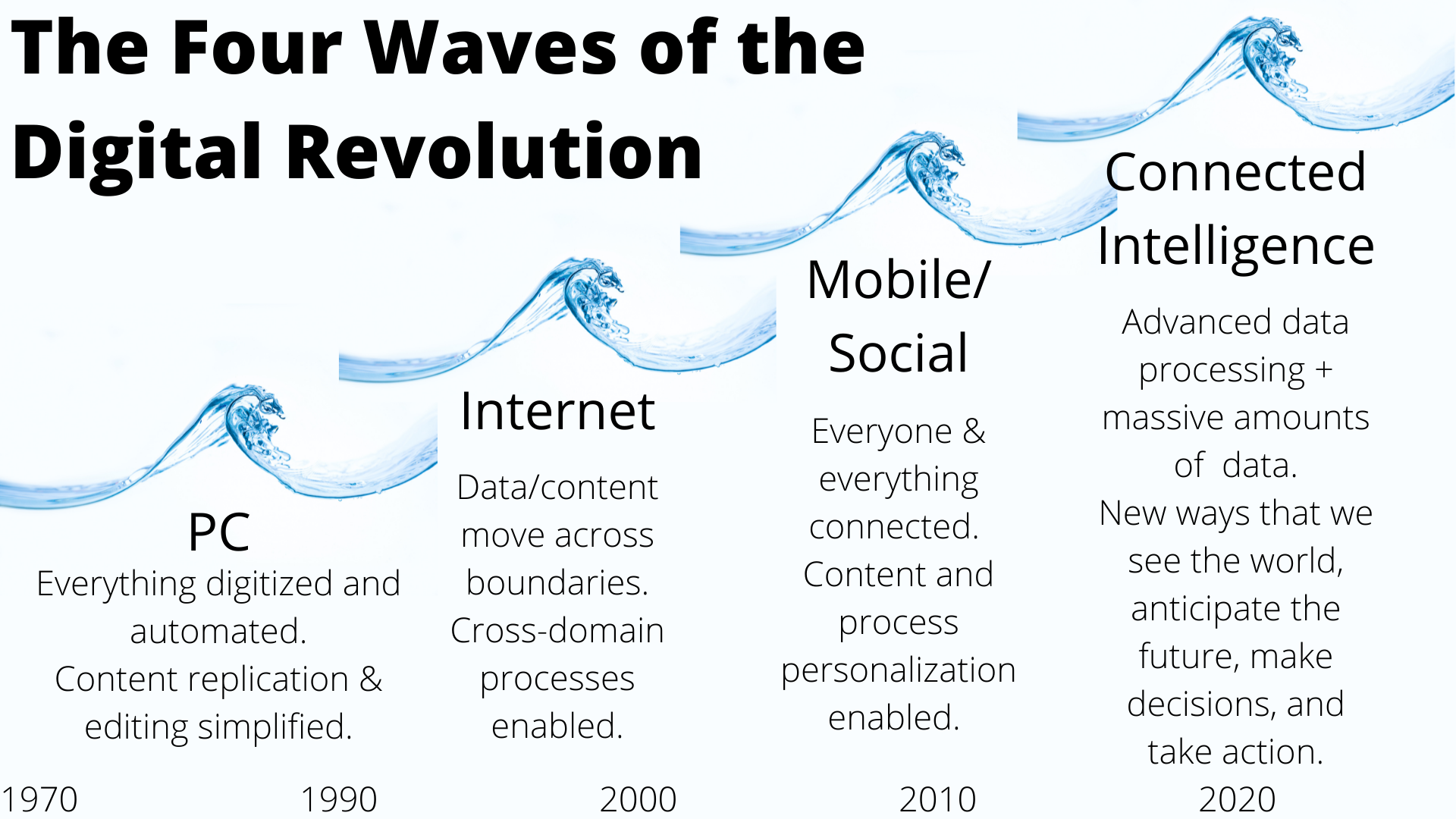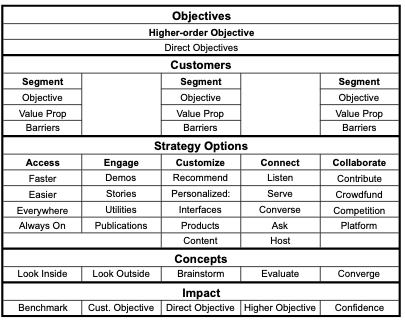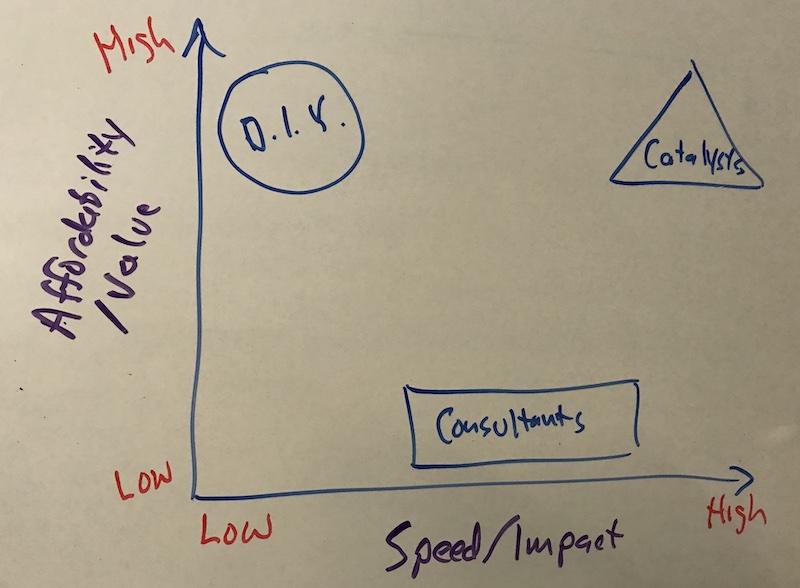The Digital Revolution for Christian Ministries
Recently I’ve been reflecting on how the four major waves of the Digital Revolution have impacted Christian ministries. I often talk about the power and the danger of new technologies. Winning organizations will capture the power while managing the danger. To me, this seems like a much more important challenge for Christian ministries than for most for-profit corporations.
While technology has tremendous potential to be used for good, too often it is used in ways that dishonor God and that harm people. As we’ve especially seen in recent weeks, sometimes the real damage isn’t even seen until years after the technology is introduced. Are there Christian ministries that have done a good job of capturing that power while managing the danger? If so, how have they managed to pull it off?
Throughout my career, I’ve looked for opportunities to capture the power while managing the danger specifically in leveraging digital technologies in loving God and loving my neighbor. Those experiences have given me a good perspective on the potential for technology in serving God and His Kingdom, and each has been a blessing that has touched people’s lives in important ways. While most of those efforts have been successful, I can’t claim that any of them demonstrated the kind of success at a large scale that I hope is out there.
So, over the next several weeks I hope to talk to leaders at some Christian organizations that seem to have had great success at scale in capturing the power and managing the danger of digital technologies to increase the richness and reach of their impact. Stay tuned as I share what I learn from those discussions.
The Digital Revolution for Christian Ministries Read More »




